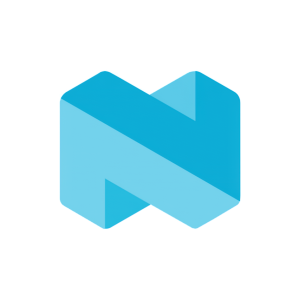Luos Makes Embedded Device Firmware Updates Easy
Adds easier on-ramp for developers to try Luos on their own computer
“As we learned from our fast-growing Discord community, two of the most significant obstacles currently facing embedded developers are the complexity and time drag of firmware updates and obstacles to trying new approaches,” said Nicolas Rabault, co-founder and CEO, Luos. “These are significant features that make it much easier to maintain embedded systems and apply firmware updates, as well as an easy on-ramp for developers who want to try Luos.”
The new Luos bootloader updates all boards without needing physical access to each of them. Now, it’s possible to update firmware on many microcontroller units (MCU) – an ST, Microchip,
The Luos engine is an embedded lightweight and real-time C code library that provides a simple application programming interface (API) to create, manage, and interact with services. The Luos bootloader feature can save a significant amount of time on updating systems that are part of an overall project. The bootloader is available on Github.
The other significant feature in the latest release gives developers the ability to immediately test Luos on their Linux, MacOS, or Windows system without requiring the availability of compatible boards. Developers can see their code running on a computer the same way it would run on an embedded device. This lowers the barrier for developers who want to try Luos for the first time.
In the future, a computer with an application running Luos will be able to function as a network node, as well.
Try Luos by going to the Get Started tutorial and join the Luos community of embedded and edge developers from around the world who are sharing their knowledge and ideas.
The Luos team is developing an open-source solution using microservices concepts for embedded and edge systems. This makes it easy to share and reuse code in project implementations that include embedded and edge systems.
The Luos microservices architecture provides flexibility for unlimited project possibilities – running as a single service on a single node (physical component "hardware" running Luos) or several services on several nodes. For example, an intelligent agriculture system that can automatically irrigate a plot of land; a facial recognition robot that can identify the emotions in a face; or a smart parking system that can identify and monitor available spaces.
About Luos
Founded in 2018 in
View source version on businesswire.com: https://www.businesswire.com/news/home/20221116005822/en/
Media Contact
jeckert@eckertcomms.com
Source: Luos








